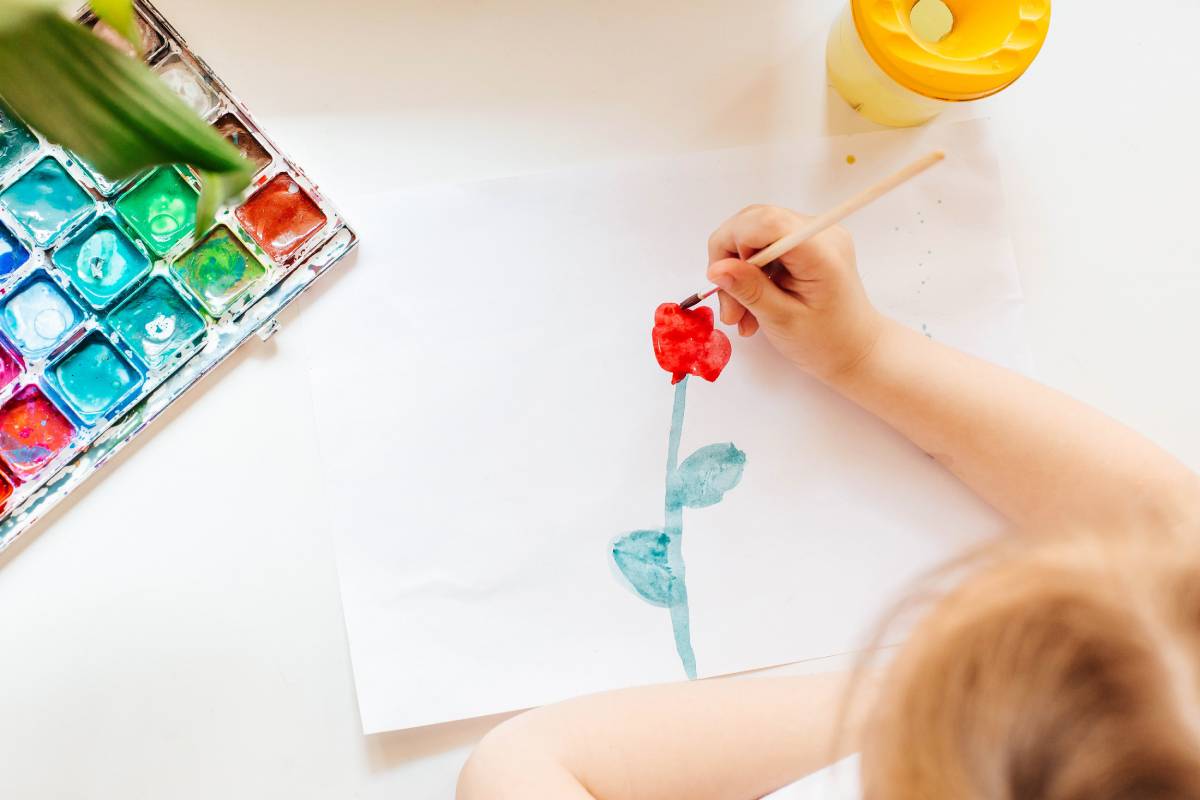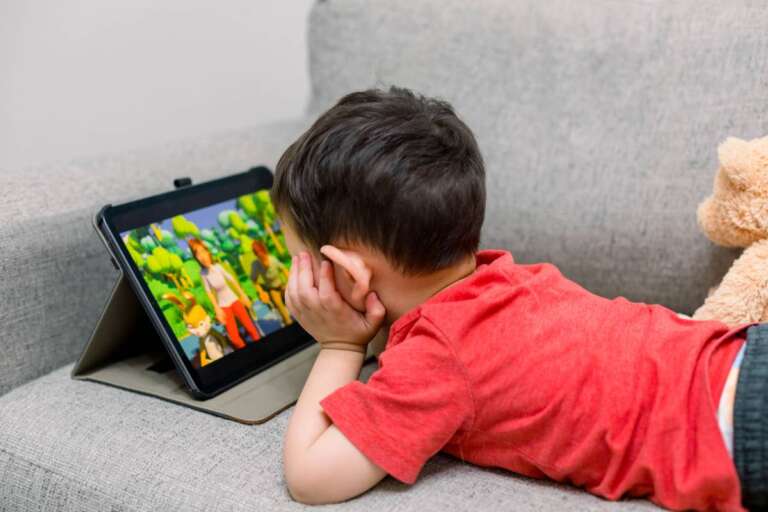Art is much more than just coloring or drawing for children; it is a vital part of their growth and development.
From the earliest scribbles to creating more detailed projects, art helps children explore their emotions, develop important skills, and understand the world around them.
This article explores how art influences child development, supports brain growth, and provides many lasting benefits that help children succeed both in school and in life.
How Does Art Affect Child Development?
Art is more than just a fun activity for children. It plays a key role in helping children grow and develop in many important ways. From drawing simple shapes to painting or making crafts, art supports emotional, physical, and mental growth, which are all part of child development.
1. Expressing Feelings Through Art
Young children often find it hard to say how they feel. Art lets them show their feelings without using words.
Drawing or painting helps children express happiness, fear, or sadness. This supports their key emotional happiness by helping them understand and manage their feelings, which is very important for their well-being.
2. Building Confidence
When children create art, they make choices about what colors or shapes to use. Finishing a drawing or craft gives them a feeling of success. This makes them more confident and independent, which is important for child development.
3. Learning to Work with Others
Group art projects teach children how to share ideas and listen to friends. Working together helps children develop social skills like cooperation and empathy. These social skills are a big part of child development.
4. Improving Hand Skills
Using crayons, scissors, or clay helps children control their hands and fingers better. These fine motor skills are needed for writing, typing, and other tasks. This is part of the physical side of child development.
5. Thinking Creatively and Solving Problems
Art asks children to imagine new ideas and solve little problems, like how to fix a mistake or how to use colors. These creative thinking skills are important for overall child development.
How Does Art Affect Brain Development?
Art doesn’t just help children grow emotionally and socially it also affects how their brains develop.
1. Connecting Different Parts of the Brain
Making art uses many brain areas at once like those that control sight, movement, and thinking.
This helps the brain form strong connections, making it work better in many ways. Strong brain connections support important parts of child development like memory and attention.
2. Boosting Creativity
Art helps children think of many ideas and new ways to do things. This kind of creative thinking happens in the front part of the brain, which controls planning and decision-making. This supports child development by helping children solve problems in everyday life.
3. Improving Visual Skills
When children draw or paint, they learn about shapes, sizes, and space. These visual skills help with learning to read maps, solve puzzles, and understand math. These are all part of brain development in children.
4. Supporting Language Skills
Talking about their artwork helps children practice words and storytelling. This strengthens the parts of the brain used for language and communication, which is important for child development.
5. Helping Emotional Health
Creating art can make children feel happy and calm. It helps release chemicals in the brain that reduce stress and improve mood. Good emotional health is a key part of child development.
What Are the Benefits of Art for Children?
Art helps children in many ways beyond just learning and brain growth. It improves their overall well-being and success in life.
1. Better School Performance
Studies show children who do art regularly do better in school. Art teaches focus, observation, and discipline, which help children improve reading, writing, and math — important parts of child development.
2. Learning About Other Cultures
Art introduces children to different cultures and ideas. This teaches respect and helps children understand the world better, supporting social and emotional child development.
3. Building Patience and Resilience
Art takes time and practice. Children learn that mistakes are okay and keep trying. This builds patience and the ability to bounce back from problems skills important for child development.
4. Helping Children Cope with Difficulties
Art therapy is used to help children deal with trauma or stress. Making art gives children a way to express feelings they might not be able to say. This supports emotional child development and healing.
5. Strengthening Relationships
Doing art with parents, teachers, or friends creates bonding moments. These positive connections help children feel safe and loved, which is vital for healthy child development.
6. Developing the Senses
Art lets children use their senses touch, sight, smell, and sometimes sound. Exploring these senses helps their brains develop and helps them learn about their environment, which is part of child development.
How to Include Art in Children’s Lives
Because art helps child development so much, it’s important to give children chances to be creative every day.
- Provide Materials: Give children crayons, paints, paper, and clay that are safe and easy to use.
- Make a Creative Space: Set up a place where children can make art without worry.
- Focus on Fun and Experimentation: Let children create without rules. The process matters more than the final product.
- Join In: Spend time making art with children to show you care and support their development.
- Explore Art in the World: Take children to museums or shows and talk about art to inspire them.
- Use Art to Teach: Combine art with learning math, science, or language for a fun way to grow many skills.
Conclusion
Art is a powerful tool that supports many parts of child development. It helps children express emotions, develop brain connections, improve motor skills, and build social skills.
Art also improves school success and emotional health. By encouraging children to create art, parents and teachers help them become confident, creative, and happy learners.
Art should be an important part of every child’s life. It lays a strong foundation for future growth and success. When children are free to explore art, they grow in ways that prepare them for the challenges and opportunities of life.







Leave a Comment